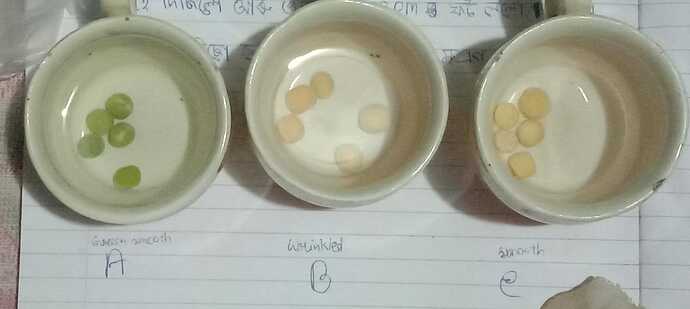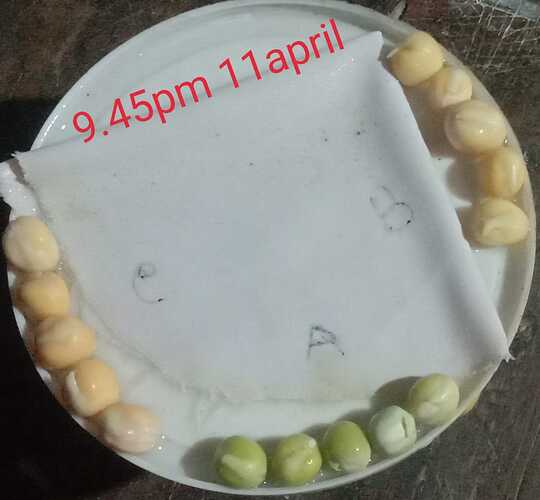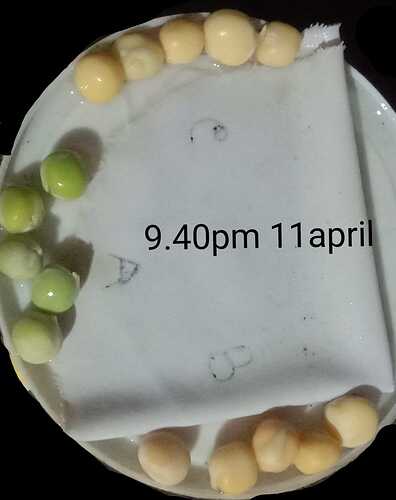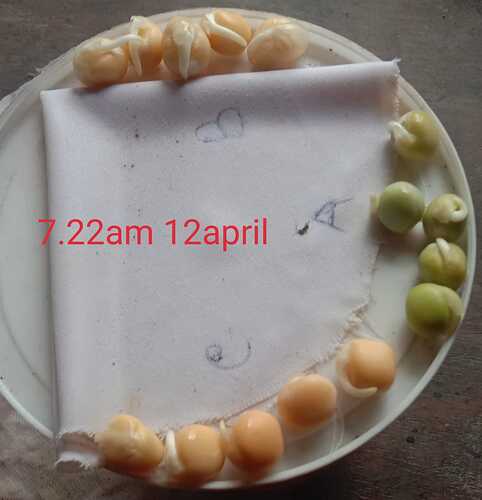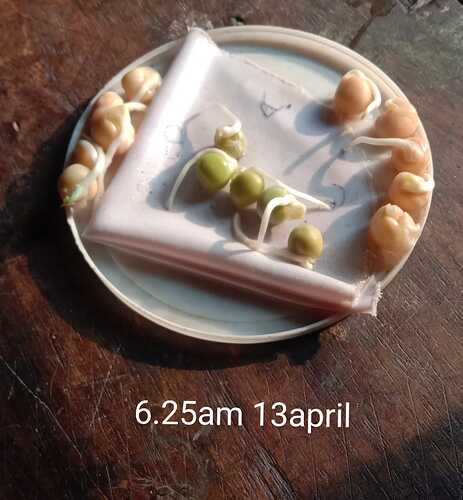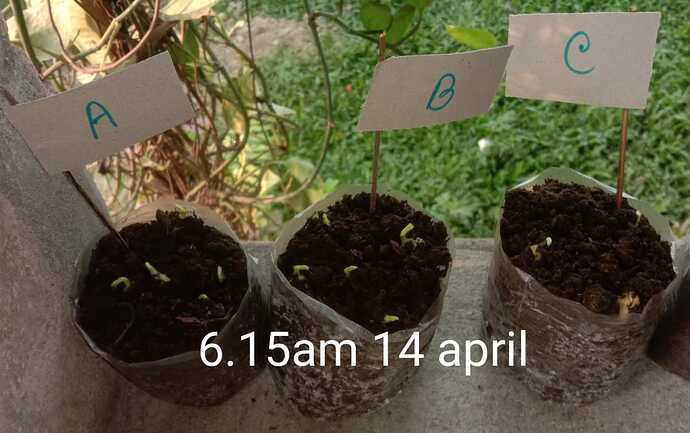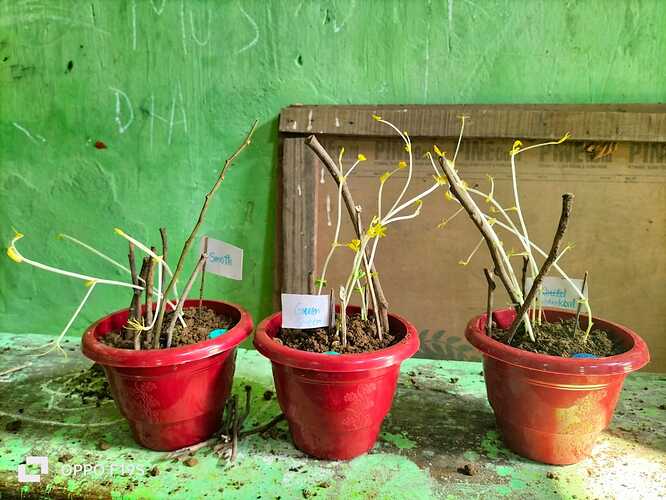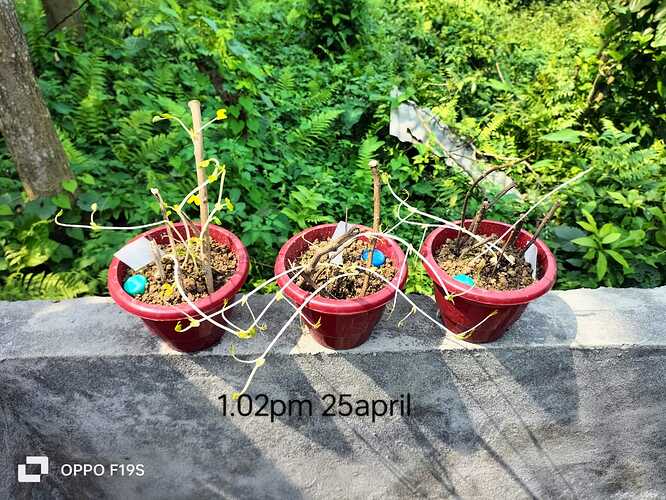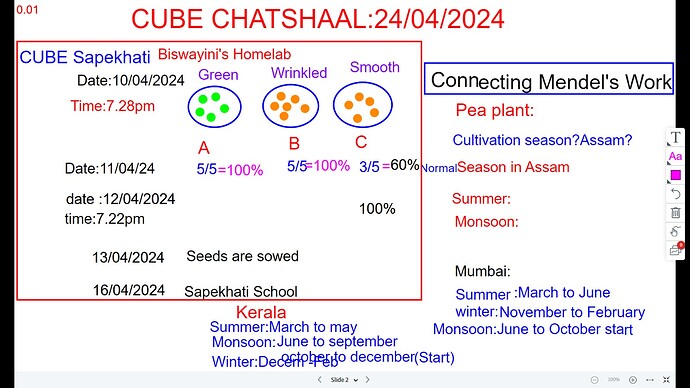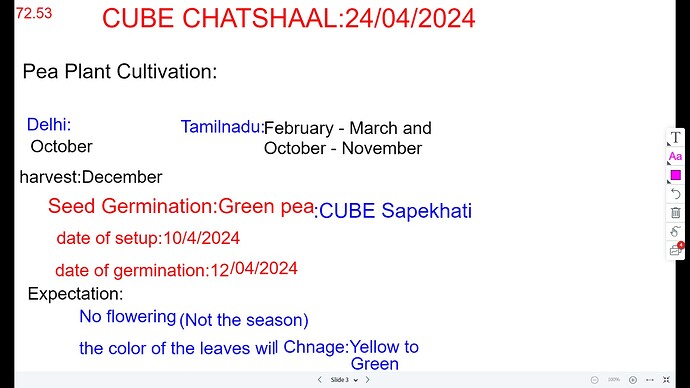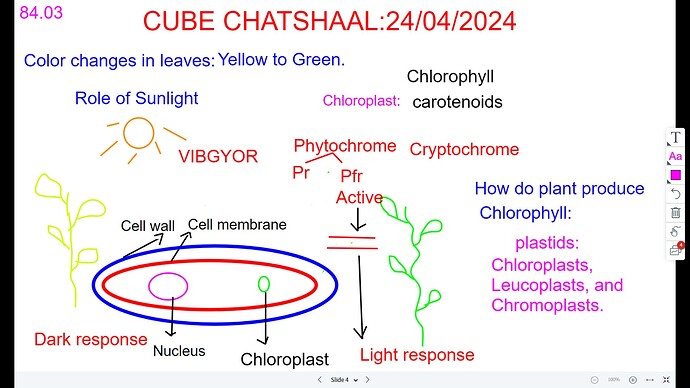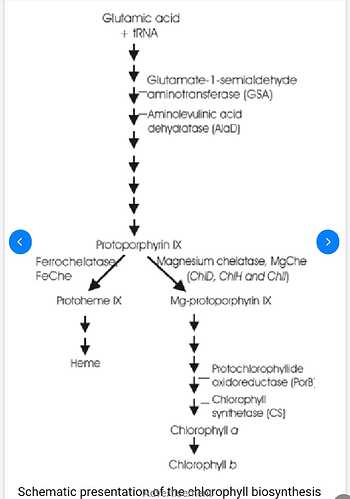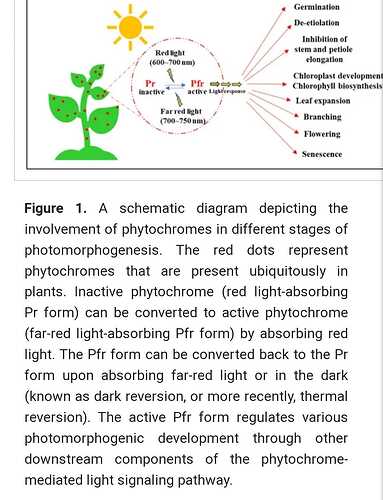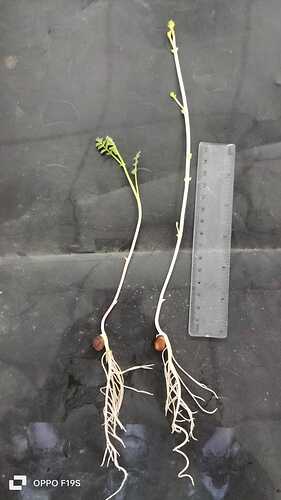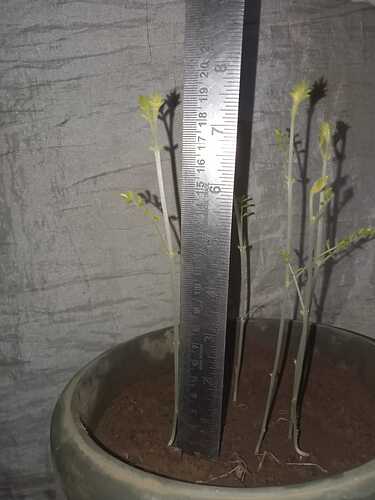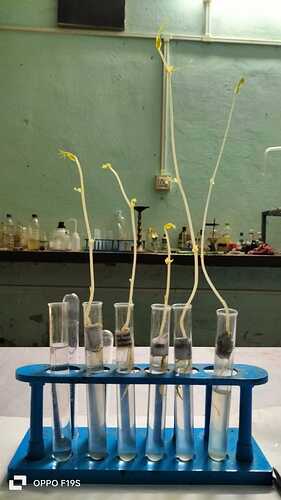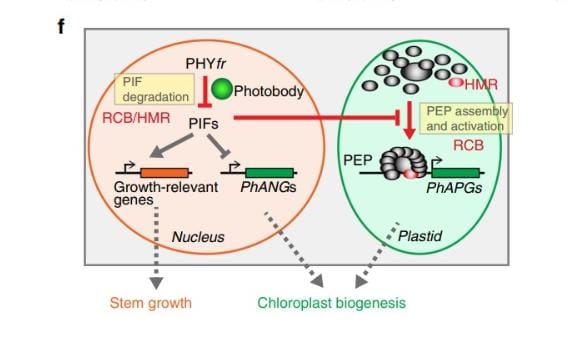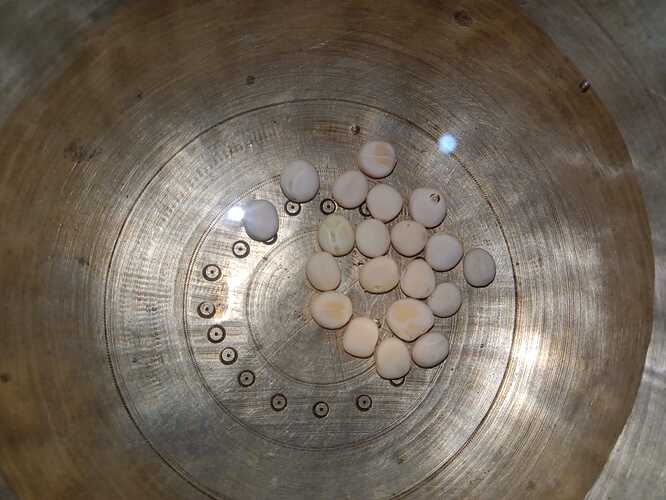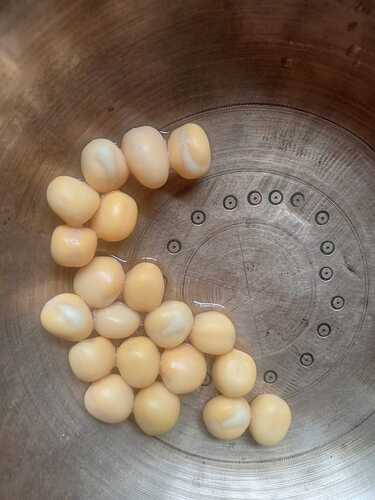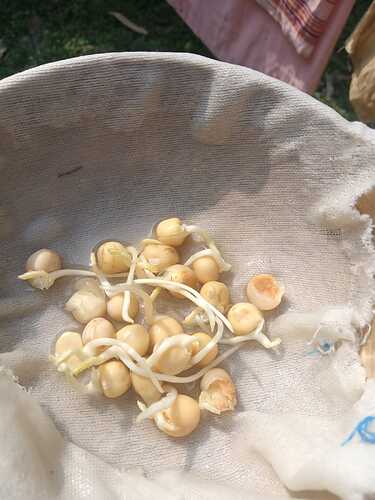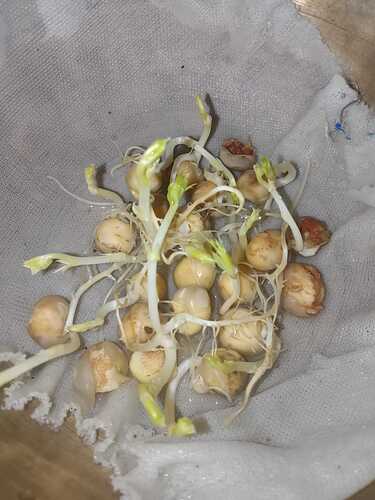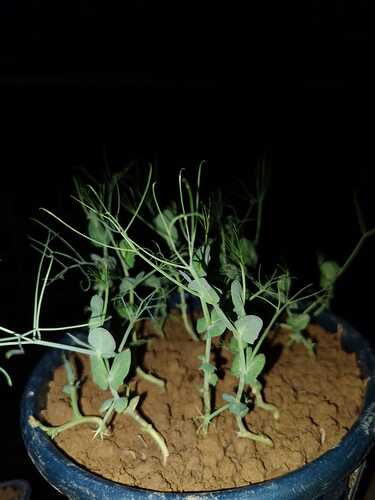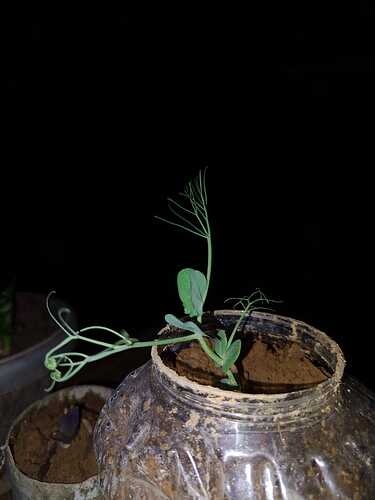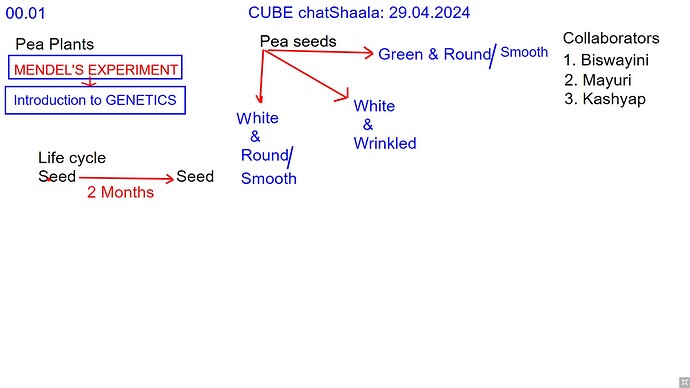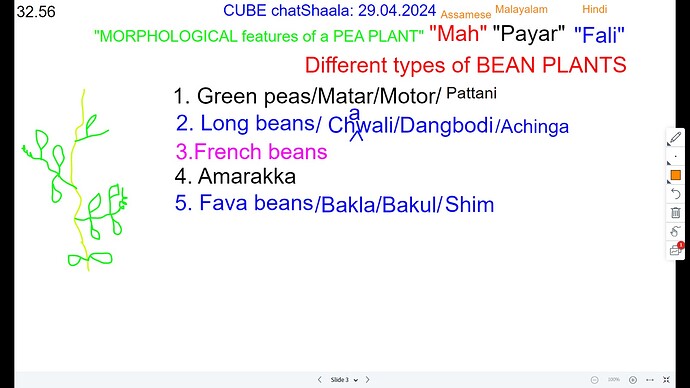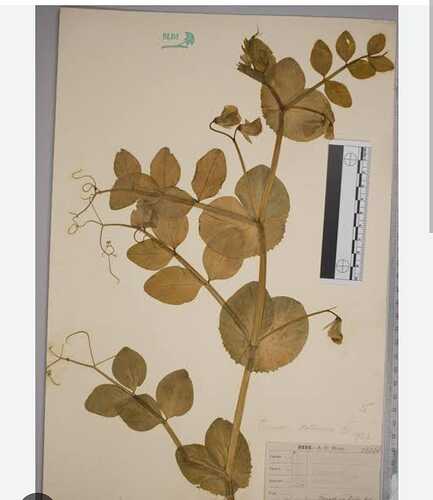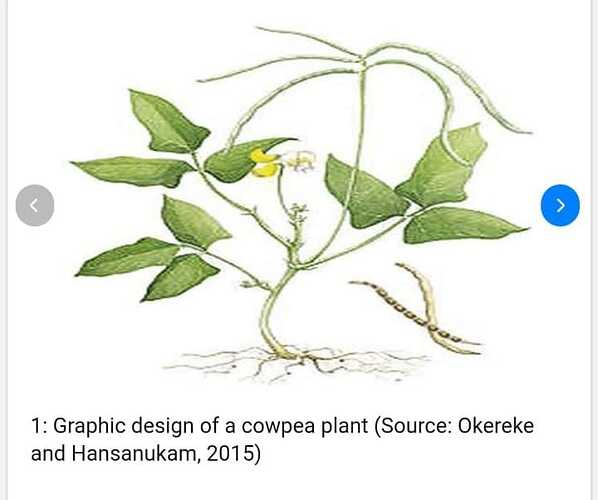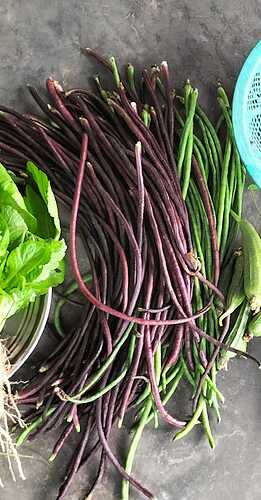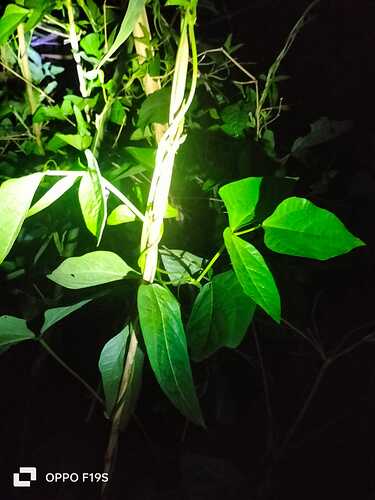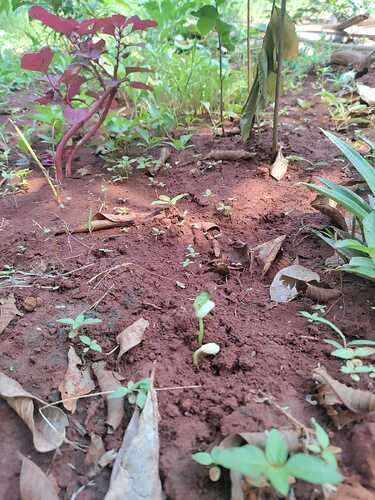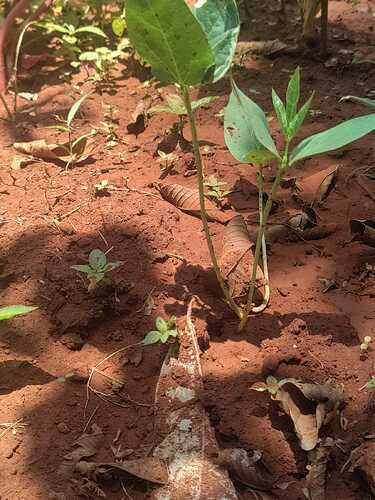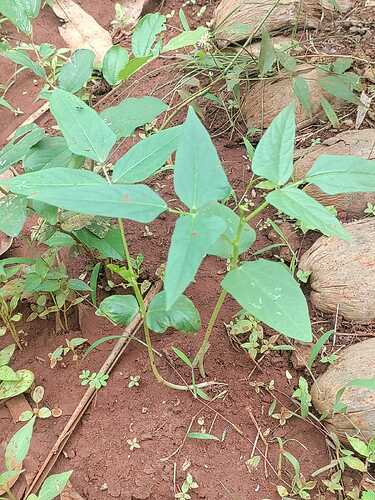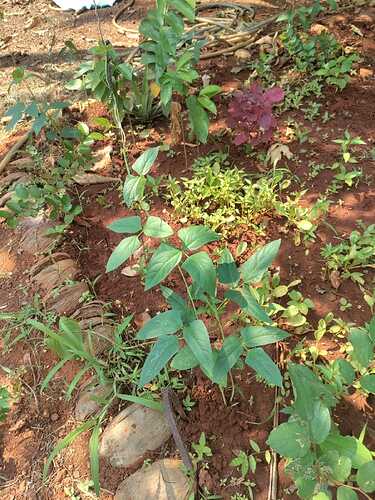Photo :15/04/2024.
on 16th April ,Biswayini transferred plants to CUBE Sapekhati.
Setup of three pea seedlings with smooth, green and wrinkled seed characters in pots. Started by Biswayini Tudu , 9th standard, Cube Sapekhati. Date of transfer 24th April2024. Photo Susanta Tanti.
Leaves changing its color , Cube Sapekhati Date 25th April 2024
Congratulations and thanks to Biswayini & CUBE Sapekhati. That was a wonderful discussion. @biswayini @Abhijeet CUBE @Himanshu Joshi @Chithra Ma’am & others.Are we repeating Mendel’s work ? @Abhijeet CUBE @Susanta Tanti CUBE @Kashyap Sapekhati & others.
What is the season for cultivating pea plants ? What all seasons are there ? @biswayini @Abhijeet CUBE @Himanshu Joshi @Chithra Ma’am @Susanta Tanti CUBE & others .
What are the light response in plants ?How do a dark grown plant get changes its morphology when it place in light ? How does sunlight helping in green coloration of leaves ? @Abhijeet CUBE @Himanshu Joshi @Chithra Ma’am & others.
Reference shared:
https://www.researchgate.net/figure/Schematic-presentation-of-the-chlorophyll-biosynthesis-pathway-Abbreviations-GSA_fig4_8980679
[24/04, 9:41 pm] Theertha: Aastha
(offline)
8:43 PM
average duration of the period from emergence to the onset of flowering ranged from 27 to 53 days for dry peas, from 28 to 54 for garden peas,Phenotypic traits differentiating the genetic resources of pea (Pisum sativum L.) by the type of use - PMC
[24/04, 9:41 pm] Theertha: Theertha M.D.
8:49 PM
Season
Sow the seeds during February - March and October - November in plains. Treat the seeds with Trichoderma@ 4 g/kg or Thiram or Captan@ 2 g/kg of seeds a to avoid seed borne diseases.
Horticulture :: Vegetables:: Peas.
[24/04, 9:41 pm] Theertha: Aastha
(offline)
8:54 PM
Phenotypic traits differentiating the genetic resources of pea (Pisum sativum L.) by the type of use - PMC. 27-53 days - flowering
[24/04, 9:41 pm] Theertha: Himanshu Joshi
(offline)
9:18 PM
Algae and plant cells have double-membrane bound organelles called plastids. There are three types of Plastids— Chloroplasts, Leucoplasts, and Chromoplasts. Chloroplasts are a type of plastids that are involved in photosynthesis. Chromoplasts store pigments such as carotenoids. The leucoplasts are present in non-photosynthetic tissues of plants and store proteins, starches and oils.
[24/04, 9:41 pm] Theertha: Abhijeet Singh
(offline)
9:26 PM
In some plants, chlorophyll is derived from glutamate and is synthesised along a branched biosynthetic pathway that is shared with heme and siroheme.[28][29][30] Chlorophyll synthase[31] is the enzyme that completes the biosynthesis of chlorophyll a:[32][33]
chlorophyllide a + phytyl diphosphate
⇌{\displaystyle \rightleftharpoons } chlorophyll a + diphosphate
This conversion forms an ester of the carboxylic acid group in chlorophyllide a with the 20-carbon diterpene alcohol phytol. Chlorophyll b is made by the same enzyme acting on chlorophyllide b. The same is known for chlorophyll d and f, both made from corresponding chlorophyllides ultimately made from chlorophyllide a.[34]Chlorophyll - Wikipedia
[24/04, 9:42 pm] Theertha: Himanshu Joshi
(offline)
9:26 PM
Encyclopedia Britannica
Chloroplasts play a key role in the process of photosynthesis. Learn about photosynthesis’s light reaction in the grana and thylakoid membrane and dark reaction in the stroma.
See all videos for this article
Chloroplasts are a type of plastid—a round, oval, or disk-shaped body that is involved in the synthesis and storage of foodstuffs. Chloroplasts are distinguished from other types of plastids by their green colour, which results from the presence of two pigments, chlorophyll a and chlorophyll b. A function of those pigments is to absorb light energy for the process of photosynthesis. Other pigments, such as carotenoids, are also present in chloroplasts and serve as accessory pigments, trapping solar energy and passing it to chlorophyll. In plants, chloroplasts occur in all green tissues, though they are concentrated particularly in the parenchyma cells of the leaf mesophyll.
[24/04, 9:42 pm] Theertha: Arunan MC
9:42 PM
"When we trace back the chlorophyll synthesis pathway we see that 5-aminolevulinic acid (ALA) is formed from Glu. This conversion of Glu to ALA is well-documented in literature; however, the source of chloroplastic Glu is not explicitly mentioned in the existing literature to describe the complete chlorophyll biosynthesis pathway and also how much of the central carbon metabolism from other compartments are involved in it, is also not studied in detail. Therefore, we curated the existing genome scale metabolic model of rice leaf10 and consequently studied the complete chlorophyll biosynthesis pathway. Our analysis established how the inorganic nutrients are utilized through a series of biochemical reactions localized in different cellular compartments to synthesize chlorophyll. "
Revisiting the chlorophyll biosynthesis pathway using genome scale metabolic model of Oryza sativa japonica | Scientific Reports.
